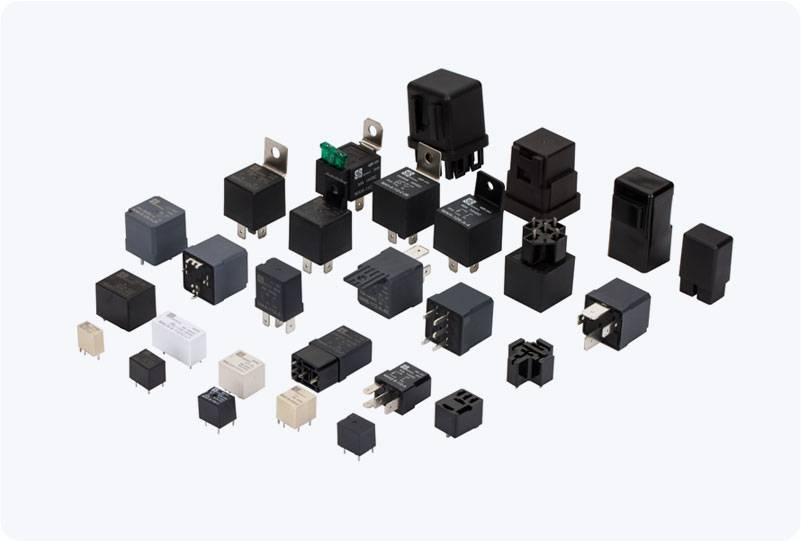understanding telecommunication relay: the backbone of modern communication
Release time:2025-10-27 15:04:28
Telecommunication relay plays a pivotal role in modern communication systems, allowing signals to traverse long distances and overcoming the limitations of transmission media. By acting as intermediaries, relays help to boost signal strength, extend range, and ensure that the communication process remains uninterrupted. This technology is used in various forms, ranging from simple telephone networks to complex satellite communications. This article aims to explore the concept of telecommunication relays, their types, applications, and importance in the global communication infrastructure.

What is a Telecommunication Relay?
A telecommunication relay is essentially a device or technology that helps transmit signals from one point to another, usually over long distances. The primary purpose of a relay is to extend the range of communication networks, ensuring that signals can travel beyond their original transmission limit. Relays accomplish this by amplifying, regenerating, or converting signals to maintain their integrity and strength during the transmission process.
In its simplest form, a relay system might take the signal from a local communication device, transmit it to a relay station, and then the signal is sent to its final destination. These relays can either be located physically close to the transmitting station or remotely positioned to bridge gaps in long-distance communication.

